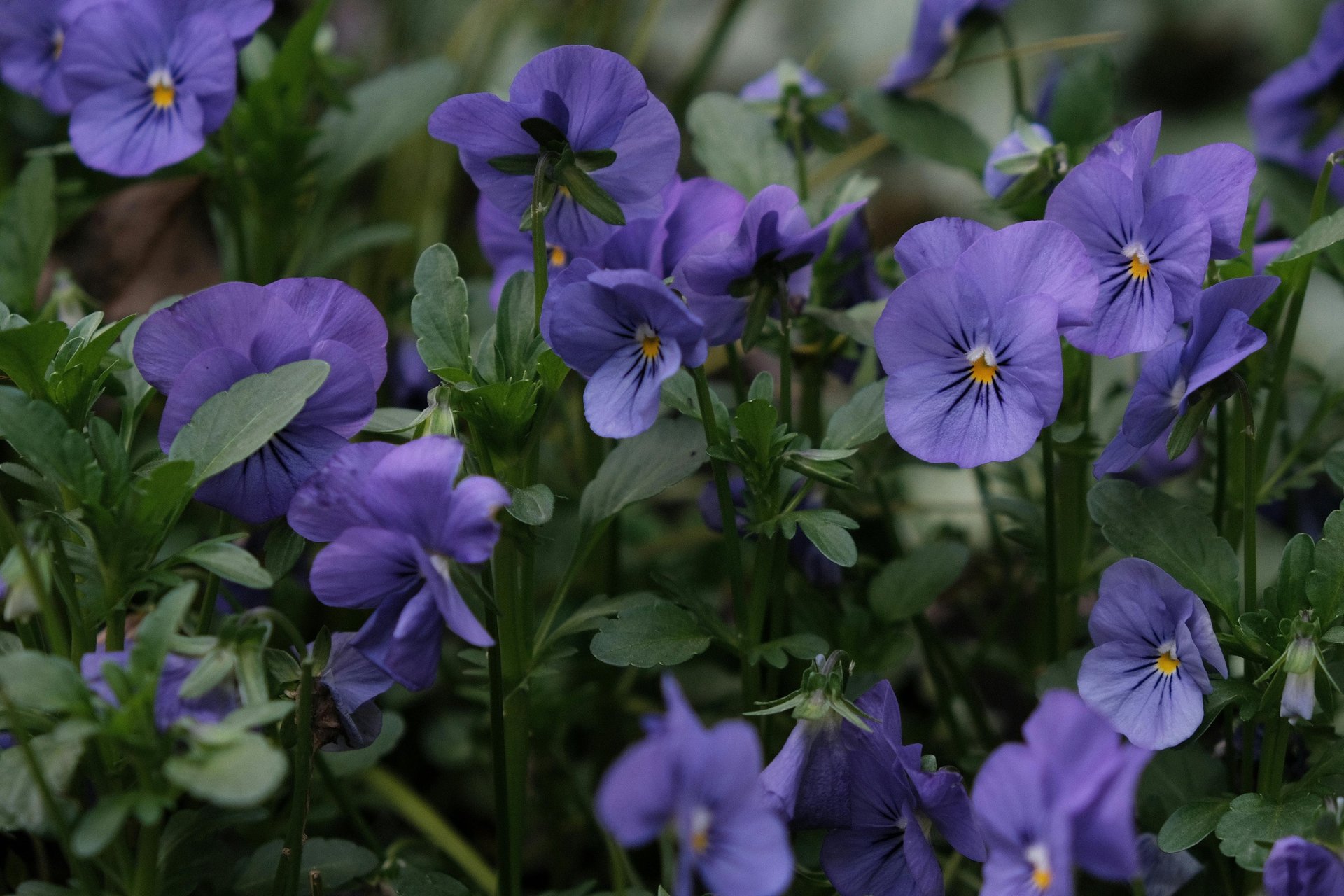
🌞 How to Understand Your Plant’s Needs
Master the basics of plant care with simple tips on sunlight, watering, and soil.
Introduction
Whether you’re growing a few houseplants, balcony herbs, or a backyard garden, healthy plants have a few simple but essential needs: light, water, good soil, nutrients, and protection from the elements. If you can dial these in, even beginner gardeners can grow thriving, beautiful plants.
☀️ Understanding Sunlight
Plants rely on sunlight for photosynthesis — their process of turning light into energy for growth. Each plant species has its own preference, and getting this wrong often leads to problems like stunted growth, leggy stems, or scorched leaves.
📖 Types of Sunlight:
Full Sun (6–8+ hrs/day):
Great for: tomatoes, lavender, roses, succulents, figs, blueberries.
Signs of too little sun: sparse, weak stems and small leaves.Partial Sun / Partial Shade (3–6 hrs/day):
Great for: hydrangeas, lettuce, spinach, violas, snapdragons.
Afternoon shade protects them from intense heat.Full Shade (Less than 3 hrs/day):
Great for: ferns, hostas, snake plants, peace lilies, calatheas.
Indirect, filtered light keeps them happy.
✅ How to Check Light:
Use a light meter app or observe sun exposure through the day.
Watch for signs of trouble: yellowing or scorched leaves mean too much sun; long, leggy stems mean not enough.
💧 Mastering Watering
Water keeps plants hydrated and moves nutrients from soil to stems and leaves. The trick is learning how much and how often to water.
📖 Watering Guidelines:
Check Moisture First:
Stick your finger 1–2 inches into the soil. If it’s dry, water it.Water Deeply:
Water until it flows from the bottom of the pot. Shallow watering = shallow roots = weak plant.Use Drainage:
Always use pots with holes. Outdoor beds should drain easily to avoid root rot.
✅ How Often to Water:
Tropicals (pothos, peace lily): Every 5–7 days.
Succulents & cacti: Every 10–14 days.
Outdoor beds: 1–3 times a week depending on heat, rain, and soil type.
Pro Tip: Water early morning or late afternoon to avoid evaporation and heat stress.
🌱 The Role of Soil
Healthy soil provides nutrients, anchors plant roots, and holds water while draining excess. Different plants thrive in different soil types.
📖 Types of Soil:
Loamy: Rich, balanced, holds moisture and drains well.
Sandy: Drains fast, heats quickly, ideal for root crops like carrots and beets.
Clay: Heavy, holds water, but prone to compacting. Improve with compost and sand.
📖 Ideal Soil pH:
Most plants: 6.0–7.0
Blueberries & acid lovers: 4.5–5.5
Veggies: 6.0–6.8
Test your soil with a home kit or local extension service every year for best results.
🌿 Fertilizer & Nutrients
Even good soil depletes over time. Fertilizer replaces nutrients like nitrogen (leaf growth), phosphorus (root development), and potassium (flowering and fruiting).
📖 When & How to Fertilize:
During active growing seasons (spring/summer for most).
Use a balanced fertilizer (10-10-10) for veggies, a bloom booster for flowers, or an acidic blend for blueberries and hydrangeas.
Feed every 2–4 weeks or follow product instructions.
Pro Tip: Organic compost or slow-release granules are beginner-friendly and less likely to cause fertilizer burn.
🍂 Seasonal Plant Care
Each season brings unique care challenges. Here’s how to adjust:
Spring: Prune, fertilize, and repot as needed. Protect young plants from late frosts.
Summer: Water frequently, mulch to retain moisture, provide afternoon shade for tender plants.
Fall: Clean up dead plant matter, compost leaves, and overwinter potted plants.
Winter: Reduce watering, move sensitive plants indoors, and avoid fertilizing dormant plants.
Mulch, Deadheading, & Pest Care
Simple habits can massively improve your plant’s health.
Mulch: Keeps soil moist, regulates temperature, and deters weeds. Apply 2–3 inches around plants, leaving space at the stems.
Deadheading: Remove spent flowers to encourage new blooms and keep plants tidy.
Pruning: Trim damaged or leggy growth for shape and vigor.
Pest Checks: Regularly inspect leaves and soil for pests like aphids, spider mites, and mealybugs. Use neem oil or insecticidal soap as needed.
🌱 Indoor Plant Tips
If you’re growing indoors:
Rotate plants weekly for even light exposure.
Dust leaves regularly so they can photosynthesize properly.
Use a humidity tray or mist tropical plants in dry seasons.
Avoid placing plants near heaters or drafty windows.